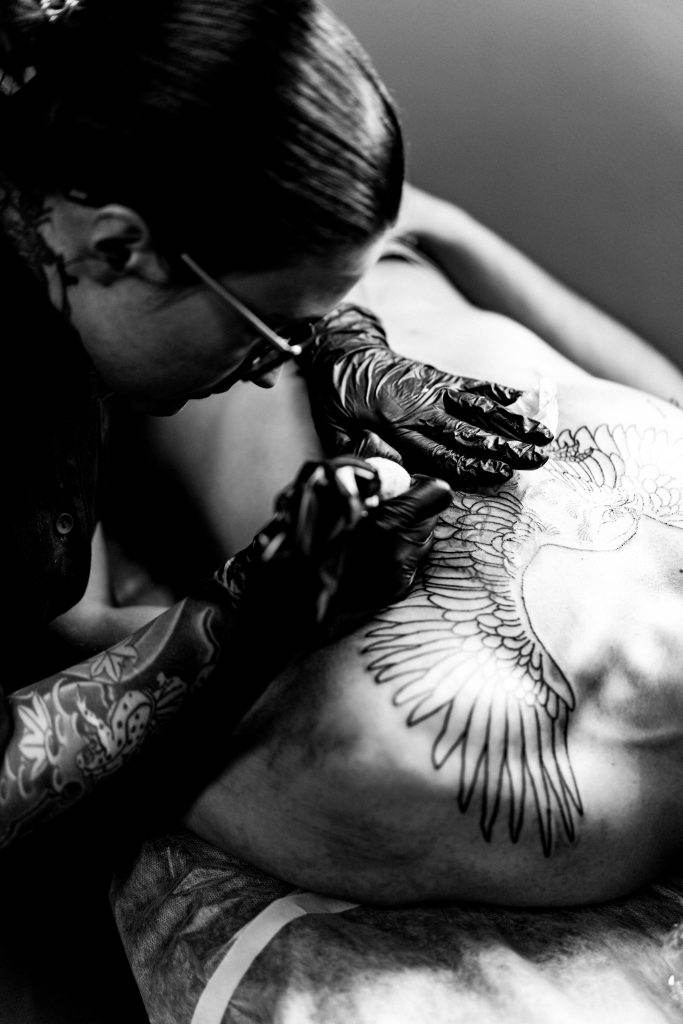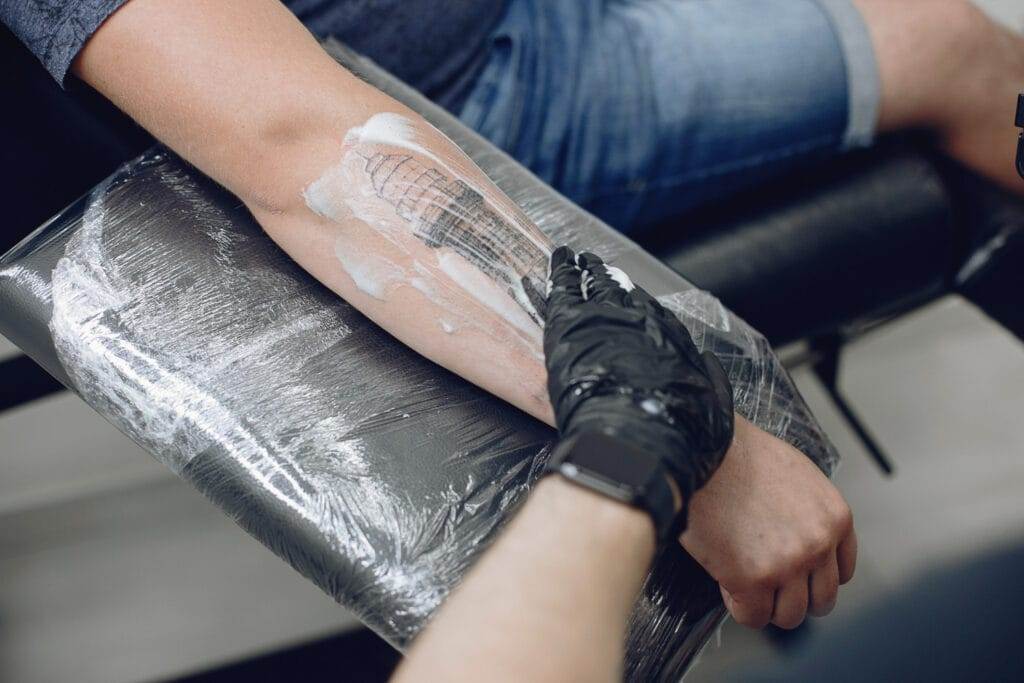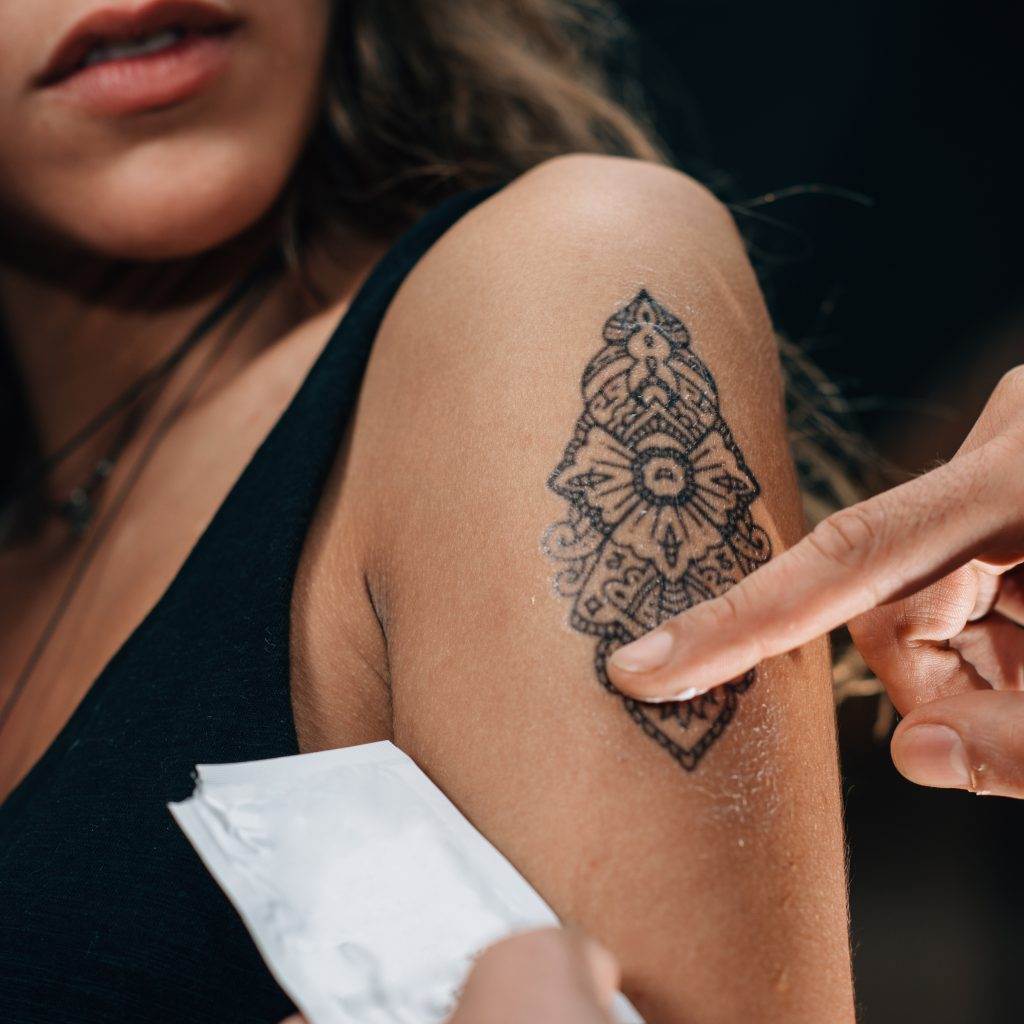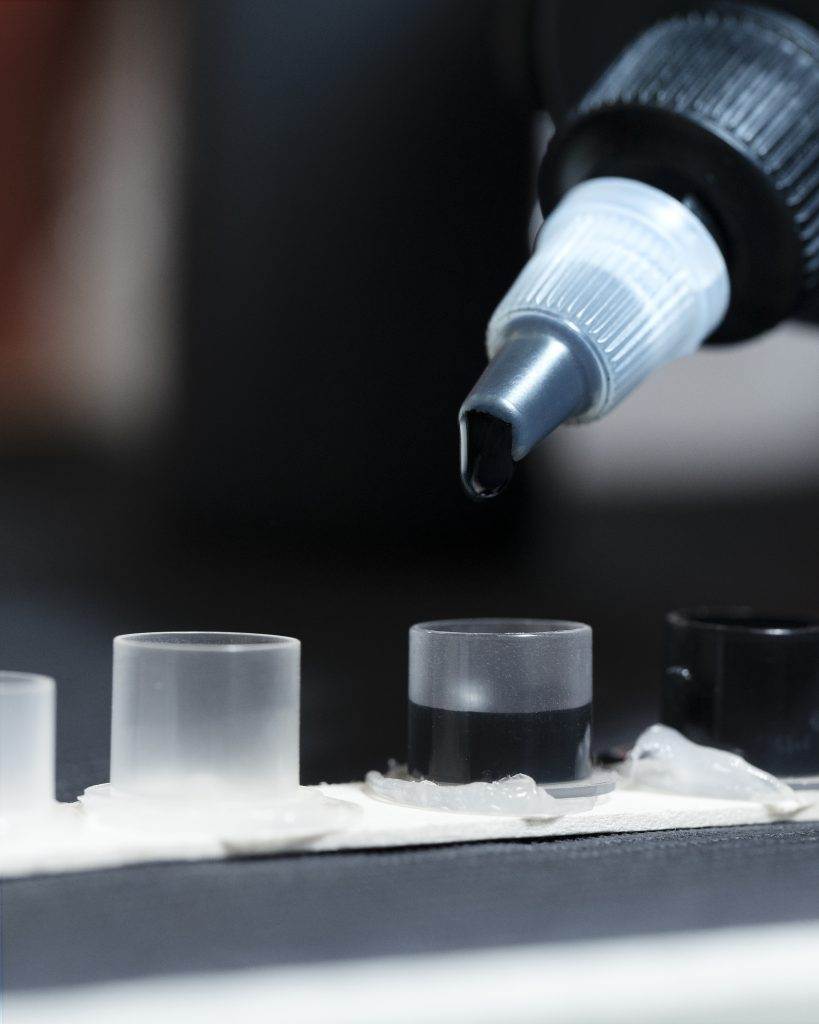Tattoos have become increasingly popular in recent years, with more and more people choosing to adorn their bodies with beautiful and meaningful designs. However, many people fail to realize that tattoos require regular maintenance to keep them looking vibrant and fresh. Over time, tattoos can fade and lose their original vibrancy, which is why touch-ups are essential.
Tattoos are created by injecting ink into the dermis, the second layer of skin. The ink particles are too large for the body’s immune system to remove, so they become trapped in the skin, creating a permanent design. However, over time, the ink particles can break down and disperse, causing the tattoo to fade. Additionally, exposure to sunlight, aging, and other factors can also contribute to the fading of tattoos.
The Science of Tattoo Ink: Why it Fades Over Time
Tattoo ink is composed of various pigments suspended in a carrier solution. The pigments give the tattoo its color, while the carrier solution helps to evenly distribute the ink into the skin. However, over time, the pigments can break down and disperse, causing the tattoo to fade.
Exposure to sunlight is one of the main factors that contribute to tattoo fading. The ultraviolet (UV) rays from the sun can penetrate the skin and break down the ink particles, causing them to disperse and fade. This is why it is important to protect your tattoos from direct sunlight by wearing sunscreen or covering them with clothing.
Aging also plays a role in tattoo fading. As we age, our skin becomes thinner and loses elasticity, which can cause tattoos to appear dull and faded. Additionally, as our bodies produce less collagen, the skin can become looser and saggy, which can distort the appearance of tattoos.
The Role of Touch-Ups in Maintaining Tattoo Vibrancy
Touch-ups are a crucial part of maintaining the vibrancy of a tattoo. A touch-up involves going over the existing tattoo with fresh ink to restore its color and vibrancy. This process can help to rejuvenate a faded tattoo and make it look as good as new.
When getting a touch-up, it is important to find a skilled tattoo artist who has experience in this area. Touch-ups require precision and attention to detail, as the artist needs to match the existing colors and lines of the tattoo. A skilled artist will be able to assess the condition of the tattoo and determine the best course of action for the touch-up.
How Often Should You Get a Touch-Up?

The frequency of touch-ups will vary depending on several factors, including the quality of the original tattoo, the location on the body, and how well it has been cared for. In general, most tattoos will require a touch-up every few years to maintain their vibrancy.
If you notice that your tattoo is starting to fade or lose its color, it may be time for a touch-up. It is important not to wait too long between touch-ups, as delaying can lead to more significant problems such as blurring and distortion.
The Risks of Delaying Touch-Ups: Fading, Blurring, and Distortion
Delaying touch-ups can have detrimental effects on the appearance of your tattoo. As mentioned earlier, tattoos can fade over time due to various factors such as exposure to sunlight and aging. If you wait too long between touch-ups, the fading can become more pronounced and difficult to correct.
Additionally, delaying touch-ups can also lead to blurring and distortion of the tattoo. As the ink particles disperse and break down, the lines and details of the tattoo can become less defined. This can result in a blurry or distorted appearance, which may require more extensive touch-ups or even cover-up work.
The Touch-Up Process: What to Expect
During a touch-up appointment, the tattoo artist will assess the condition of your tattoo and determine the best course of action. They may need to go over the entire tattoo or just certain areas that have faded. The artist will carefully match the colors and lines of the existing tattoo to ensure a seamless touch-up.
The process itself is similar to getting a regular tattoo. The artist will clean the area, apply a stencil if necessary, and then begin the tattooing process. Depending on the size and complexity of the touch-up, it may take multiple sessions to achieve the desired result.
Aftercare Tips for Maximizing the Longevity of Your Tattoo
After getting a touch-up, it is important to follow proper aftercare instructions to maximize the longevity of your tattoo. This includes keeping the area clean and moisturized, avoiding direct sunlight, and refraining from picking or scratching at the tattoo.
It is also important to protect your tattoo from the sun by wearing sunscreen or covering it with clothing. UV rays can cause tattoos to fade more quickly, so it is important to take precautions when spending time outdoors.
DIY Touch-Ups: Proceed with Caution
While it may be tempting to attempt a DIY touch-up at home, it is not recommended. Touch-ups require skill and precision, and attempting to do it yourself can lead to further damage or unsatisfactory results.
If you are considering a touch-up but are unable to visit a professional artist, it is best to wait until you can. Delaying the touch-up is a better option than attempting to do it yourself and potentially causing more harm than good.
Touch-Ups for Cover-Up Tattoos: Special Considerations
Touch-ups for cover-up tattoos can be more challenging than regular touch-ups. Cover-up tattoos are designed to hide or modify an existing tattoo, so the artist needs to carefully match the colors and lines of the original tattoo.
When looking for an artist to do a touch-up on a cover-up tattoo, it is important to find someone who specializes in this area. They will have the experience and skill necessary to seamlessly blend the new tattoo with the existing one.

Investing in Touch-Ups for a Timeless Tattoo
In conclusion, maintaining the vibrancy of your tattoo requires regular touch-ups. Tattoos can fade over time due to various factors such as exposure to sunlight and aging. By investing in touch-ups, you can keep your tattoos looking great for years to come.
When getting a touch-up, it is important to find a skilled artist who has experience in this area. They will be able to assess the condition of your tattoo and determine the best course of action for the touch-up. Remember to follow proper aftercare instructions to maximize the longevity of your tattoo and protect it from fading.
By taking care of your tattoos and investing in touch-ups, you can ensure that they remain vibrant and beautiful for years to come. So don’t neglect your tattoos – give them the maintenance they deserve!



